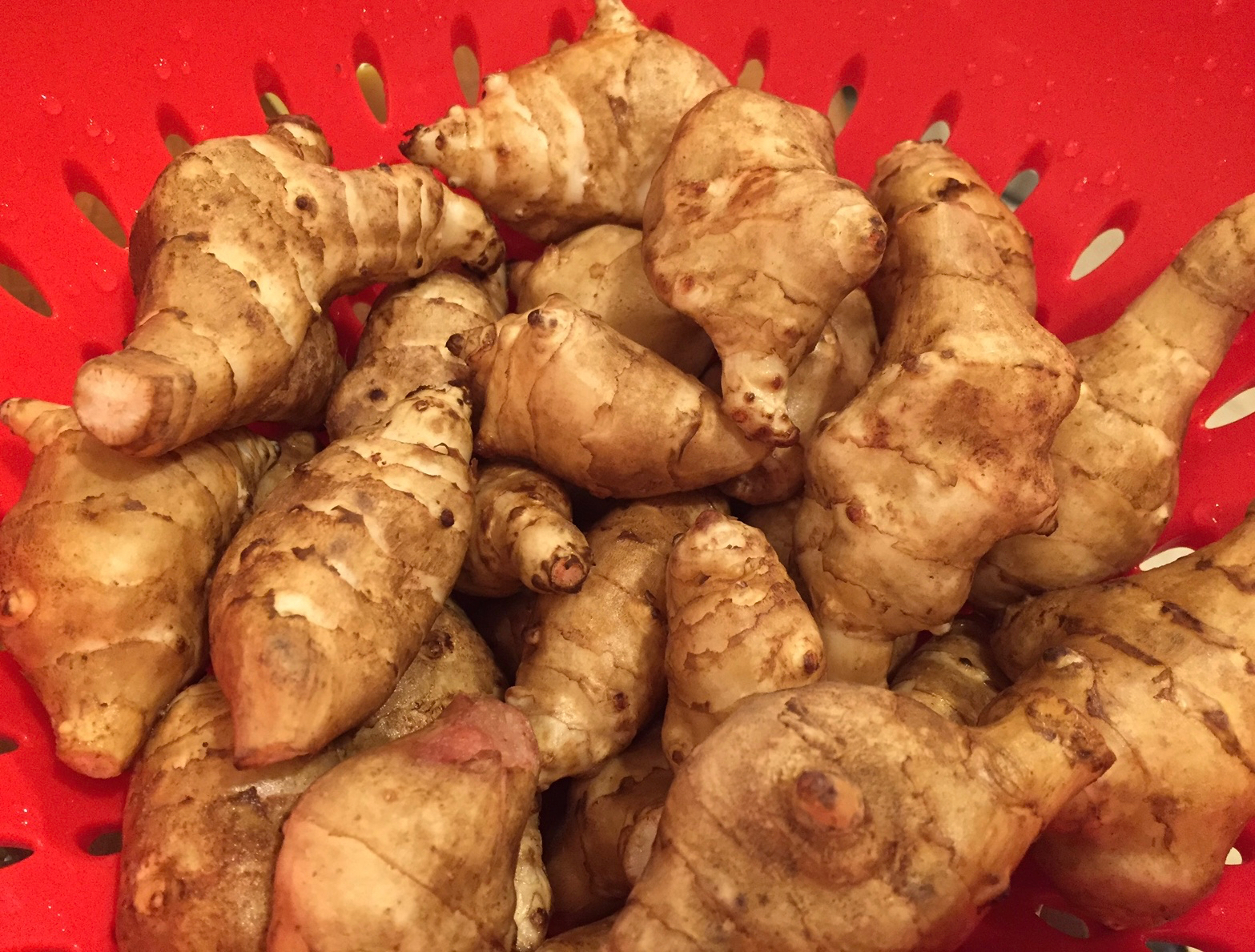Thought y'all might enjoy this. Happy Friday!
Nanny's Blackberry Pie
On a corner lot at Division and Moss, in the old part of Lake Charles, LA, sits a large, white wooden home built in 1880. The property, part of the city's historic register, is bordered by several towering pecan trees, a mess of azaleas and live oaks, a carport, four modest apartments, an ancient shed that no one would ever want to enter and a bomb shelter. Above the front door, which exactly faces the corner of Division and Moss, a stained glass window made and installed decades ago by my Uncle Joe still gleams. It reminds me that although Nanny is gone and someone else now owns the home in which she raised her four children and recently died, it will always be hers.
In the space ringed by the carport, eerie shed and leftmost apartment, is a grassy area that sizzles under the intense Louisiana sun for many hours each day. A thicket of hybridized blackberry bushes once grew there. Papa planted them back in the 1960s, when my mom was a teenager, and they thrived for decades. Those bushes had thorns the size of falcon talons and would spear you as aggressively as that bird would seize its prey. As such, my sister and I learned early on that no matter how badly we wanted the fresh fruit, it was never worth carelessly plunging a bare arm in to pluck them.
During blackberry season, Nanny would send us out with two vessels: a brown plastic bowl, older than us and well worn, its handle and spout chafed from years of use; and a stainless colander, equally old and battered. We didn't give a lick about their aesthetics because both held many cups of fruit. These berries were the stuff farmers dream of growing and people dream of eating. Each was the size of a man's knuckle, studded with an obscene number of taut drupes full of sweet-zingy nectar the color of a raven's coat. As are just-picked tomatoes, blackberries still warm from the sun are a taste sensation that makes you close your eyes and sigh contentedly, a flavor that will forever make store-bought berries a distant second. So, while we tried to load as many berries into our bowls as possible, we also knew better than to let the best ones go anywhere but directly into our mouths.
We carried our berries back to Nanny's kitchen where she waited for us at her 1950's black Formica table with gold and black aluminum legs. A hinged-top silver sugar bowl from the restaurant Papa once owned sat there, waiting for us too, and we'd take turns levering it open to reveal the snowy sugar inside. We'd plunge one blackberry at a time, carefully gripped by our small fingers, into the sweet granules; the sugar coating perfectly offset the tanginess of the berries, and we dipped and ate until we felt we'd burst.
Despite our best efforts, we never could eat the whole bounty, and what Nanny didn't freeze, she'd cook into blackberry pies or cobbler. Nanny's Blackberry Pie will forever live in the pantheon of our family's culinary traditions. It's the one recipe that everyone can and does make. It stars on our Thanksgiving and Christmas tables, my husband asked that it be one of pies we served in place of groom's cake at our wedding, my son requests it for birthday breakfasts, my sister -who lives in Italy- makes it for her in-laws, and because of our enthusiastic sharing, it now boasts legions of fans beyond our family lines.
It's the simplest and humblest of recipes, only three ingredients beyond those needed for our 'family pie crust' (and that's just four), and it freezes beautifully. If you're an à la mode type of pie eater, a scoop of Blue Bell vanilla ice cream does the trick. If, like my sister and me, you're not, this pie is perfection on its own, especially ice cold, just out of the fridge and eaten at the counter, straight from the pie plate, just you, two forks and a co-conspirator.
The filling is intense, like a shimmery black reduction of those sugar-dipped berries we ate as children. Though some of the blackberries melt away into the sweet syrup, the heartiest ones retain a semblance of their former selves; those chunks make every bite better. Nanny used a full cup of sugar as a foil to the tartness of four cups of berries; I've reduced it by a quarter-cup because I like a slightly more aggressive piquancy in my pie.
However, the sugar is a critical element because it balances not only the tang of the berries but also the saltiness of our pie crust. Simply called the Stir and Roll, it eschews the traditional Southern butter and lard crusts for one in which canola oil lends the fat and resultant flakiness and includes a full teaspoon and a half of salt which plays a crucial role in the ultimate taste experience. Although there is never much left over with a blackberry pie, because it requires both top and bottom crusts, Stir and Roll scraps baked on their own -'pie crackers' as we call them- make an outstanding snack.
The finished product, a jammy interior delicately sandwiched between just the right amount of salty crust (because really, an imbalanced crust-to-filling ratio is no good at all) never disappoints. On the contrary it enchants anew, each and every time.
Nanny died last October, and on the many occasions that I've made her blackberry pie since, I've thought of all the afternoons I sat in her kitchen watching her do the same. I remember the way her hands would roll out the crust between flimsy sheets of waxed paper, invert it over a shallow Pyrex pie dish and trim the edges, while blackberries, sugar and a bit of cornstarch slurry bubbled away in the ancient aluminum pot atop her stove. When it reached the right consistency, she'd pour the hot filling into the unbaked crust, use the remaining dough to quickly craft a lattice top, carefully move the pie plate to a sheet pan, slide the sheet pan into the preheated oven and then turn back to us with her beaming smile, ready to visit until the buzzer sounded and the prize was ours.






